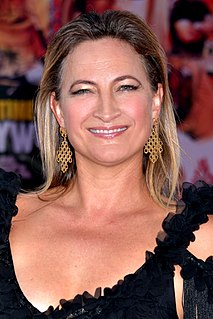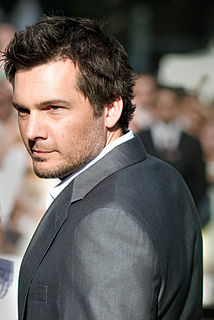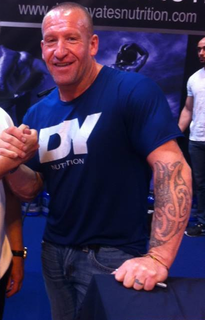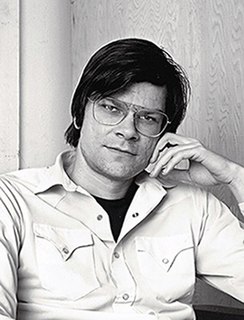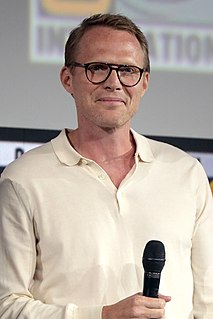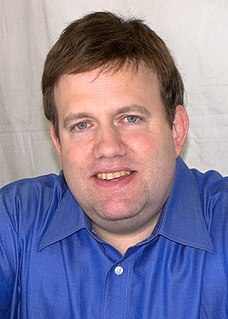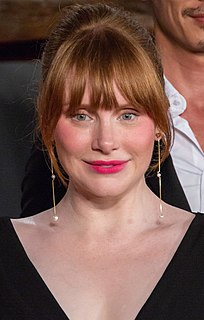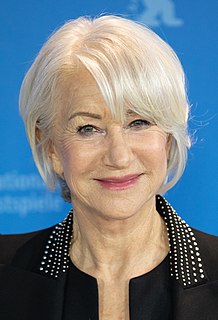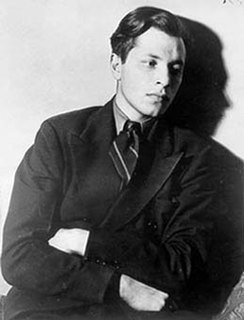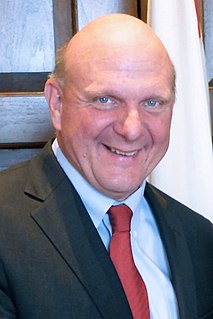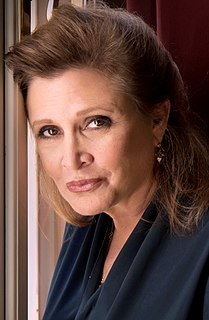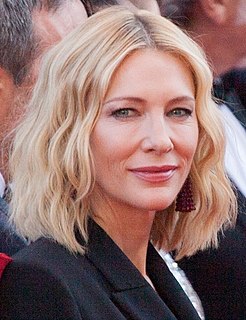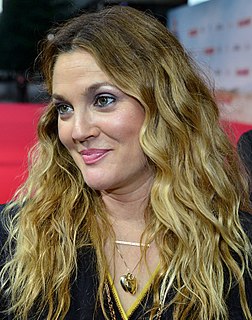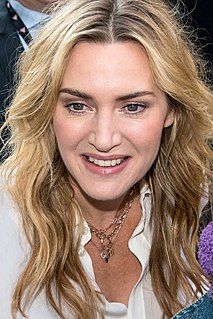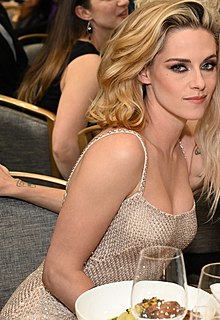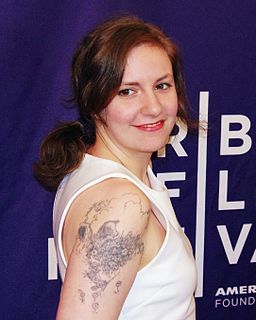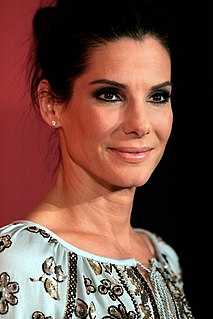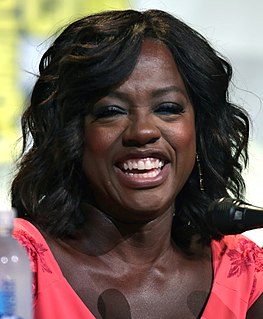A Quote by Zoe Bell
I'm completely at ease on a set. I'm pretty comfortable most places, but hitting the mark and knowing set etiquette and understanding cameras and lenses are second nature. It's a language I've spoken for years.
Related Quotes
One thing that is very different technically is that you don't get a lot of coverage in television. Not like you do on a film. I know we don't have time for separate set-ups, so I will design a scene where I'm hiding multiple cameras within that set-up. That way, if I don't have time to do five set-ups, I can do four cameras in one set-up. It's a different kind of approach for that. For the most part, a lot of television, in a visual sense, lacks time for the atmosphere and putting you in a place.
One set at extreme intensity does the muscle-building job. It must be stressed that the one final, all-out set I do takes me to the very limit of my capabilities. If you feel you can attempt a second set, then you couldn’t have been pulling out all the stops during the first set. It's not pretty, but it works.
I remember coming on my first set and it being a playground of things I wanted to ask questions about: cameras and lenses and what the lenses do, what's the focus puller doing and how does that work? Why is there less margin for error when there's less light? I was always asking questions and watching directors closely.
It is hard to let old beliefs go. They are familiar. We are comfortable with them and have spent years building systems and developing habits that depend on them. Like a man who has worn eyeglasses so long that he forgets he has them on, we forget that the world looks to us the way it does because we have become used to seeing it that way through a particular set of lenses. Today, however, we need new lenses. And we need to throw the old ones away.
This is the first step toward understanding the process of real, lasting change: simply knowing with certainty that you can do whatever you need to do. This understanding has a dual edge: On the one hand it increases your confidence and dignity. On the other hand, it places full responsibility on you if you fail to make the change you set out to make. But this is a good thing, not a guilt trip.
What you want is a comfortable environment that you feel you can invent in. Because film is such a lumbering, technical, huge, great Neanderthal thing, it's hard to create that little space of peace, and calm, and creativity, and ease. That's what you want the director to create for you, so that when you walk on the set, you forget all of that, and the fact that it's costing gazillions of dollars a second.
Every NBA arena has six cameras in the ceiling. The question is what does the software do with video feeds? How to surface that in a set of analytics? There are some "playbooks," but in most sports these days what you really want to share out with coaches and players is a set of video that lets you visualize what's going on and what's the best way to do things.
